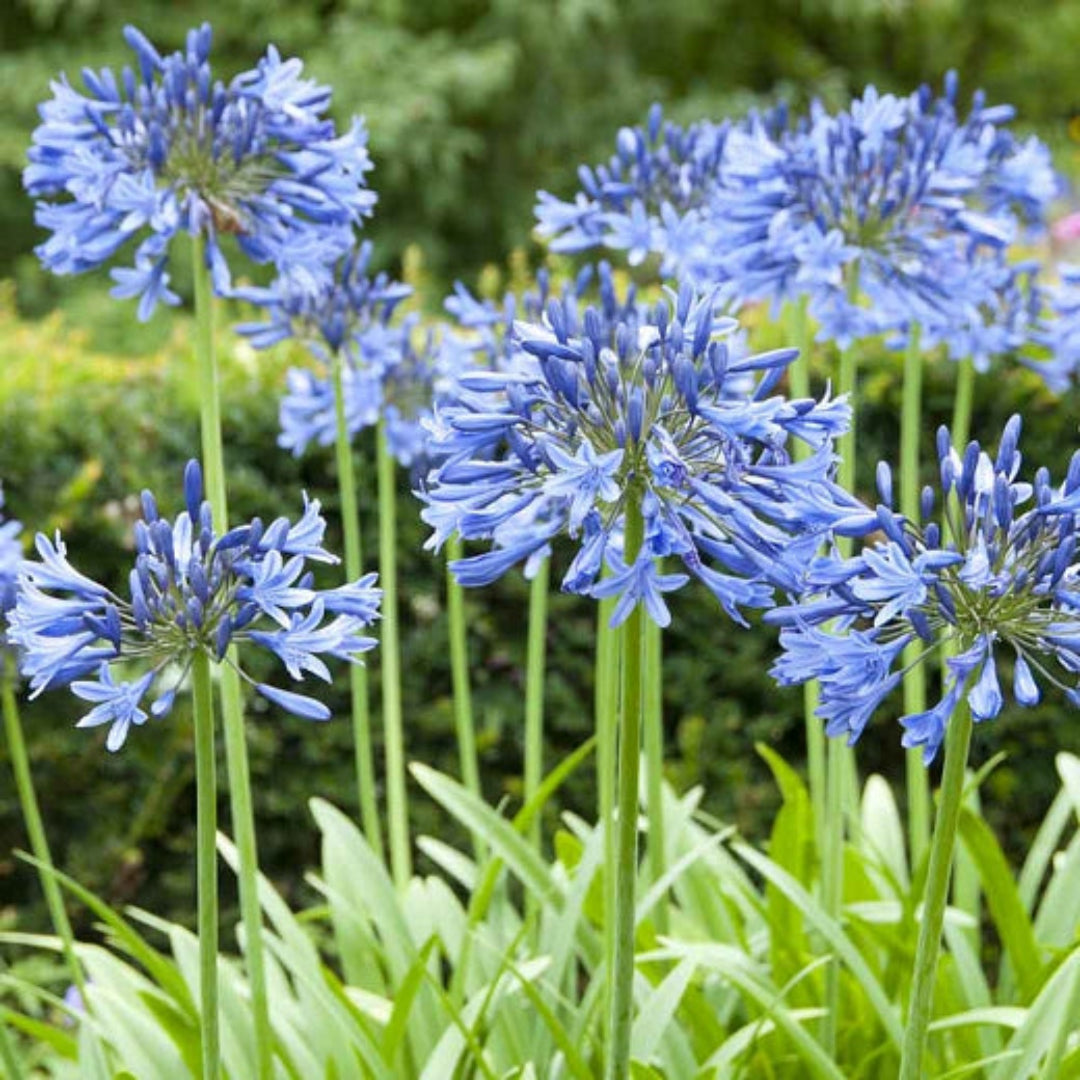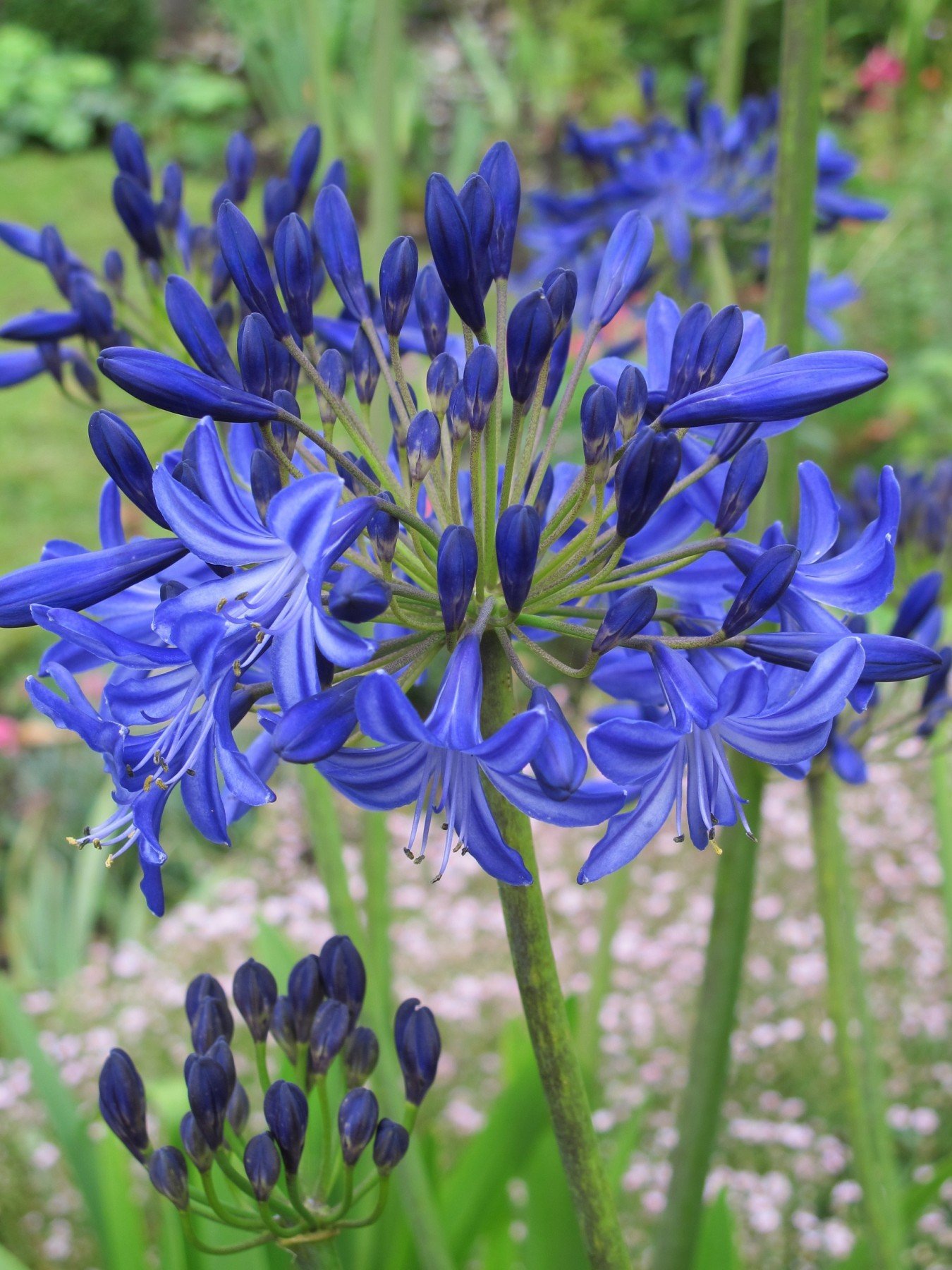Expanding Agapanthus: A Full Guide to Beautiful Blooms
Expanding Agapanthus: A Full Guide to Beautiful Blooms
Blog Article
Mastering the Art of Agapanthus Treatment: Vital Actions for Healthy And Balanced Growth and Dynamic Blossoms
In the realm of horticulture, the farming of agapanthus stands as a gratifying undertaking for those who seek to support these sophisticated blooming plants. With their striking flowers and elegant foliage, agapanthus has actually caught the focus of garden enthusiasts worldwide. Nonetheless, attaining ideal growth and dynamic blossoms requires a nuanced strategy that incorporates different essential steps. From selecting the appropriate range to understanding trimming methods, the trip towards cultivating thriving agapanthus plants is diverse and holds the vital to opening the complete capacity of these organic treasures.

Selecting the Right Agapanthus Variety

When picking the right Agapanthus variety for your yard, take into consideration aspects such as climate viability, blossom color, and development behavior. In addition, think about the climate in your area to ensure the Agapanthus range you select can flourish in your specific problems. Recognizing the growth practice of different Agapanthus ranges is important for correct positioning within your yard.
Ideal Growing Problems
Thinking about the optimal ecological needs is essential for successful Agapanthus cultivation. Agapanthus grows in well-draining soil with a somewhat acidic to neutral pH degree. When planting, select an area that obtains complete sunlight to partial shade. In hotter climates, giving some afternoon color can prevent scorching of the fallen leaves. Agapanthus plants are sensitive to cold temperatures and should be protected from frost throughout winter months.
To guarantee healthy and balanced growth and vivid flowers, plant Agapanthus light bulbs at a depth of regarding 2-4 inches and room them 8-12 inches apart. Adding raw material, such as garden compost, to the soil can boost drain and fertility, promoting robust root growth. Mulching around the base of the plants assists preserve dampness and reduces weed development. Regular watering is essential, especially during the growing season, to keep the dirt consistently moist yet not saturated.
Watering and Feeding Tips
Preserving appropriate moisture levels and offering crucial nutrients are essential aspects in the care program for Agapanthus plants. When it comes to sprinkling Agapanthus, it is critical to strike a balance. These plants prefer constantly wet dirt but are at risk to root rot if overwatered.
Fertilizing Agapanthus is essential for advertising healthy growth and prolific blooms. Apply a well balanced fertilizer, such as a 10-10-10 formula, in the early spring have a peek at this website as new development arises. By complying with these watering and feeding suggestions, you can guarantee your Agapanthus plants flourish and create lively, resilient blossoms.
Pruning Strategies for Agapanthus
Pruning Agapanthus plants at the proper times and directory with proper techniques is vital for maintaining their health and wellness and promoting ideal development and blooming. The optimal time to prune Agapanthus remains in late winter months or early springtime before brand-new development emerges. Start by eliminating any kind of dead or yellowing leaves near the base of the plant. Cut them as short as feasible without damaging the arising shoots.
Deadheading invested blossoms can likewise redirect the plant's energy right into generating even more blossoms rather than establishing seeds. If you want to collect seeds for propagation, leave some flowers to mature and completely dry on the plant.
Keep in mind to make use of tidy, sharp devices to make accurate cuts and lower the danger of presenting conditions. Agapanthus. Normal pruning will certainly aid maintain your Agapanthus looking cool and healthy while making certain an abundant display screen of stunning blossoms
Taking Care Of Usual Bugs and Illness
After making sure appropriate pruning techniques for Agapanthus, it is vital to deal with typical bugs and diseases that can influence the wellness and vitality of these plants. One typical insect that impacts Agapanthus is the Agapanthus gall midge.
Additionally, Agapanthus plants can experience from root rot if they are planted in improperly draining dirt. By being watchful and taking timely action against illness and pests, you can help your Agapanthus plants thrive and produce vivid blooms. Agapanthus.

Final Thought
In verdict, grasping the art of agapanthus treatment involves picking the best selection, giving optimal planting problems, proper watering and feeding, appropriate pruning strategies, and resolving typical pests and diseases. By complying with these essential steps, you can ensure healthy and balanced development and vibrant blossoms for your agapanthus plants. Remember to regularly monitor and maintain your plants to advertise their overall health and long life.
To make certain healthy and balanced growth and dynamic flowers, plant Agapanthus bulbs at a deepness of about 2-4 inches and room them 8-12 inches apart. By following these watering and fertilizing suggestions, you can ensure your Agapanthus plants thrive and generate lively, long-lasting blossoms.
One typical parasite that influences Agapanthus is the Agapanthus gall midge. In addition, Agapanthus plants can experience from origin rot if they are grown in poorly draining soil. By following these Related Site necessary actions, you can make sure healthy growth and lively blooms for your agapanthus plants.
Report this page